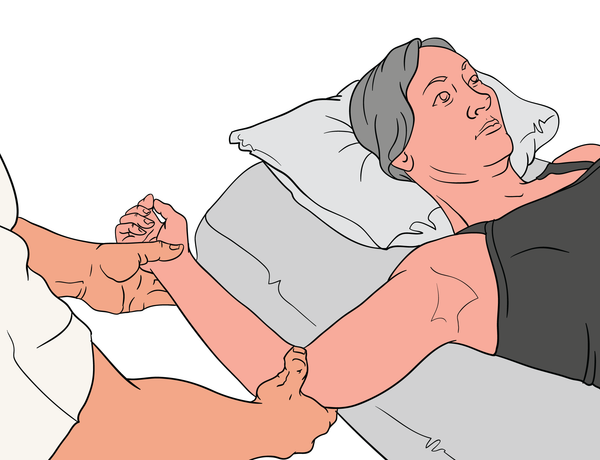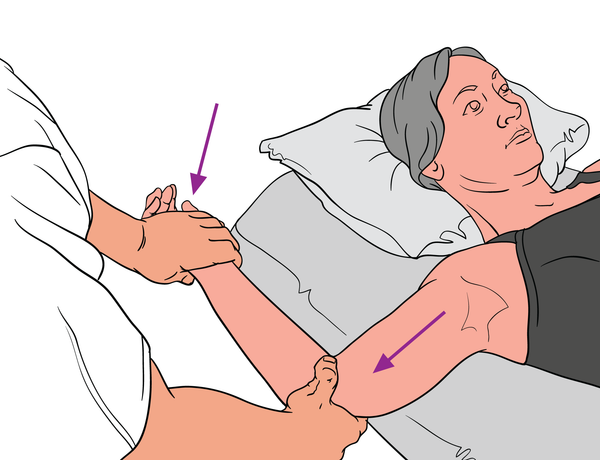Time invested in understanding MET's will produce fast payback for every manual therapist
Studies have shown that a combination of compression, stretching and Muscle Energy Techniques (MET's) are likely to produce better outcomes when treating trigger points, as compared to compression techniques alone.
The term MET was first described in 1948 by Fred Mitchell, Sr., D.O. and MET's are today quite commonly used to treat somatic dysfunction, especially decreased range of motion, muscular hypertonicity, and pain.
MET's are both effective and easy to learn
A large body of work has emerged over the last decade to support the use of MET's, specifically as part of an integrated approach to the treatment of trigger points. Much credit needs to go to Leon Chaitow for his voluminous works on the subject of MET's, and to John Gibbons whose main work on the subject of MET's forms the core text of the MET master course (and whose example we use below).
The use of MET's has increased exponentially in recent years because they are effective, and simple to learn. MET's are included in many NAT trigger point treatment protocols and we continue to share data and experience with therapists worldwide, especially with our colleagues who work in the highly results-driven field of manual therapy within elite sports and athletics.

MET treatment of the subscapularis – PIR method. Position of bind of the subscapularis
MET Treatment of Subscapularis (Post-Isometric Relaxation - PIR - Method)
In this example, the therapist takes the patient’s shoulder into external rotation until a bind is felt. From the position of bind, the patient is asked to contract the subscapularis by internally rotating their shoulder. After 10 seconds and on the relaxation phase, the therapist applies traction to the shoulder joint (to prevent an impingement) and slowly encourages the shoulder into further external rotation.

The patient internally rotates the shoulder to activate the subscapularis

After the contraction of the subscapularis, the therapist applies traction to the humerus and encourages further external rotation
Reciprocal inhibition (RI) Method
If the patient has discomfort activating the subscapularis, the antagonistic muscle of the infraspinatus can be activated instead. From the position of bind, the patient is asked to resist external rotation; this will contract the infraspinatus and allow the subscapularis to relax through RI. On the relaxation phase, a lengthening procedure of the subscapularis can then be performed.
Комментариев нет:
Отправить комментарий